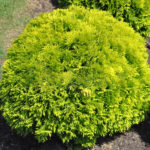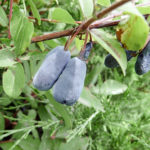Rose Aqua
The color variety of hybrid tea roses can be described indefinitely - monochromatic, two-, three-colored. But looking at this particular beauty, it is impossible to unambiguously describe its color - the color changes depending on the transition from one stage of flowering to the next. The name of this phenomenal person is Aqua, which means "water". The name is very suitable for the variety, because its color also easily flows from one tone to another, like streaming water.
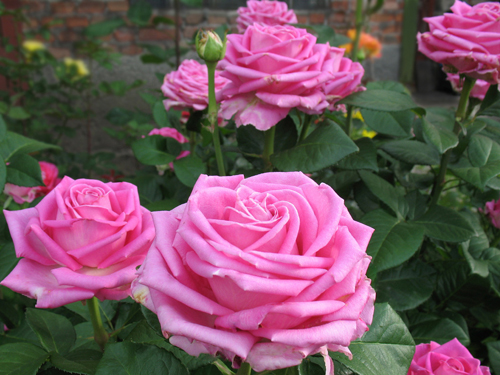
History of creation
The exact date when the variety was introduced is not found in Internet sources. Bred by Dutch breeders for commercial use, it is classified as a cut flower. Bred by Schreurs (Petrus Nicolaas Johannes), Netherlands. The name under which the novelty has become widely known - Aqua! ®, is a patented trademark. The unique code of the rose is SCHrenat. As a cut crop, Aqua is grown in many countries and is incredibly popular. She is a participant of many exhibitions, in particular the Flowers Expо held in Moscow, has the Syracuse Rose Society award in the Show nomination.
Description
The bush is upright, compact, medium-sized, from 80 to 100 cm high, 50 - 60 cm wide. It looks neat and compact. Some rose growers note that the shoots are very bare in the lower part, but this, as a rule, is the fault of all cut varieties. Leaves are medium in size, green, glossy. Young foliage has a reddish tint. Shoots are long (up to 80 cm), strong, even. A distinctive feature of this rose is the almost complete absence of thorns, thanks to which Aqua is popular when making bouquets. One bud appears predominantly on the stem.
The buds are perfect, long (4 - 5 cm tall), excellent goblet-shaped, elastic. The main color is pink, which is considered universal, since flowers with this color are suitable for any celebration and for people of different ages. The sepals surrounding the bud are light green in color. In the process of blooming, the petals elegantly bend back, gradually revealing the refined beauty of the rose to the eye, the bud turns into a large, lush flower.
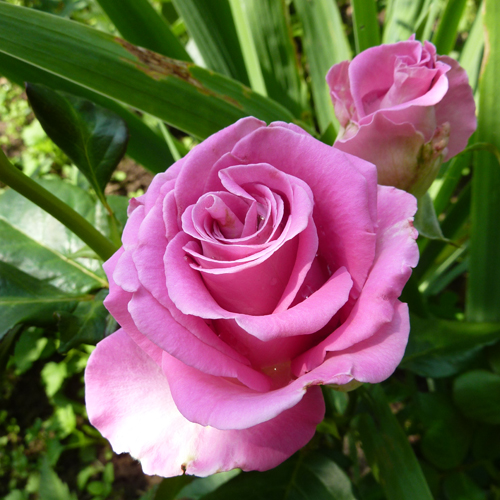
The double flower of Aqua has from 35 to 40 dense matte petals, its size is 8 - 10 cm. Even during the period of full disclosure, the middle is tightly closed. The flower gained incredible popularity thanks to the magical play of colors, smoothly moving from pale pink to deep pink or pink-lilac at the initial stage of blooming. In full disclosure, the color becomes somewhat colder, the color is rather pale blue. Of course, many factors affect the color gamut, including changes in temperature and humidity.
Despite the fact that Aqua was conceived as a commercial culture, the tenderness of the flower has won the hearts of many flower growers around the world. Therefore, it is often grown for the soul, like a garden plant.
Bloom
Beautiful Aqua belongs to the re-flowering species. The flowering period is long, wavy, and lasts throughout the season. In total, during the growing season, there are up to 3 flower waves, the break between which is practically invisible. According to reviews, the adult plant is abundantly covered with flowers, the buds open gradually, without rushing, which allows each individual flower to decorate the bush for about 10 days. The rose gives the brightest colors during autumn flowering, which many consider to be the longest.
Characteristics
- According to reviews, the Aqua bush planted in the fall blooms next year, but do not rush to load it, it is best to save the young plant until next year, when, having gotten stronger, it will show real opportunities;
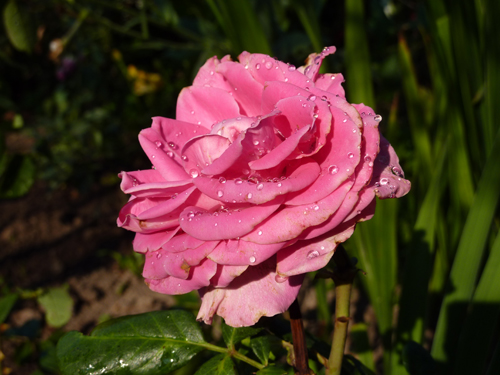
- the frost resistance of the rose corresponds to the 6th USDA zone (according to the classification of the US Department of Agriculture), that is, the bush is capable of overwintering at -23.3 ° C. Numerous reviews confirm good resistance to the stated temperature.But there are also opposite reviews, complaining about freezing of the bush even in warm regions;
- immunity is rather average. If the resistance to powdery mildew is generally good, then numerous complaints about black spot indicate the poor resistance of Aqua to this disease;
- the resistance of flowers to humidity is low. There is information that even a short exposure to rain leaves spots on the petals, and unblown buds can completely rot;
- heat with a temperature rise of up to 40 ° C, which in recent years often happens in the south, Aqua tolerates just as badly. In such conditions, flowering is scarce, the plant develops at a slow pace;
- the most suitable conditions for our heroine to show the best results - warm (but not hot) and dry weather, with a temperature of about 25 ° C;
- color fastness to intense light is low, in bright sun the color fades. Therefore, in the southern regions, it is better to plant a rose in areas protected by scattered partial shade in the midday period. But the capricious flower also does not tolerate a dense shadow. Those who grow Aqua for cut use one trick to maintain the rich color of the buds. On a flower that has not yet blossomed, rose growers put on bags of thick paper, allowing them to preserve the juicy pink color until the moment of cutting. This trick is also suitable for an ordinary gardener, especially during the rainy season;
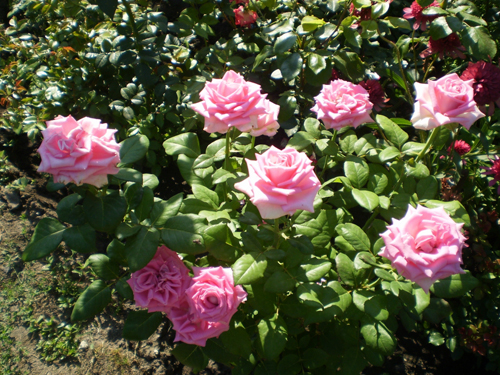
- the aroma is weak, but very delicate, memorable - fresh, with subtle notes of lemon balm, pear and vanilla;
- a cut rose can retain its attractive appearance in a vase for more than 10 days.
Planting and leaving
The recommended planting time for Aqua is at the end of September - beginning of October, with the expectation that at least 3 weeks will remain before the onset of a stable cold snap. Choose places that are warm, sunny (but not the southern part of the garden), protected from drafts. But it is not worth planting a plant in a back street, a weak breeze should maintain normal humidity, which is very important for a crop that can easily become infected with black spot. A month before planting, the site needs to be dug up and fertilized, if necessary, the acidity of the soil should be returned to normal. Basic plant care is uncomplicated and consists of basic procedures. Watering is carried out as needed, keeping the soil in a moderately moist state. As fertilizers, you can use universal mineral compositions, organic matter is also useful for culture, but it is applied once every 3 years. So that the rose does not suffer from diseases, it is important to carry out preventive treatments on time. Be careful, on young and weak bushes, the disease can manifest itself as early as late June - early July. In the fall, you need to remove unripe young shoots, damaged stems. The pruning is carried out medium, that is, about 8 - 10 dormant buds are left. Thanks to this, in the spring the plant will be able to quickly move into growth. It is better to cover the bushes for the winter.
Aqua will require some attention to itself, but this will allow the plant to quickly gain vegetative mass after planting and increase its resistance to negative natural factors and diseases. A rose capable of changing its color is incredibly popular with florists, bouquets and flower arrangements with her participation look charming and respectable. As a garden culture, our heroine will look good in the foreground in tall varieties, in single or group plantings. The delicate pink Aqua flower will look very impressive in compositions mixed with conifers.



